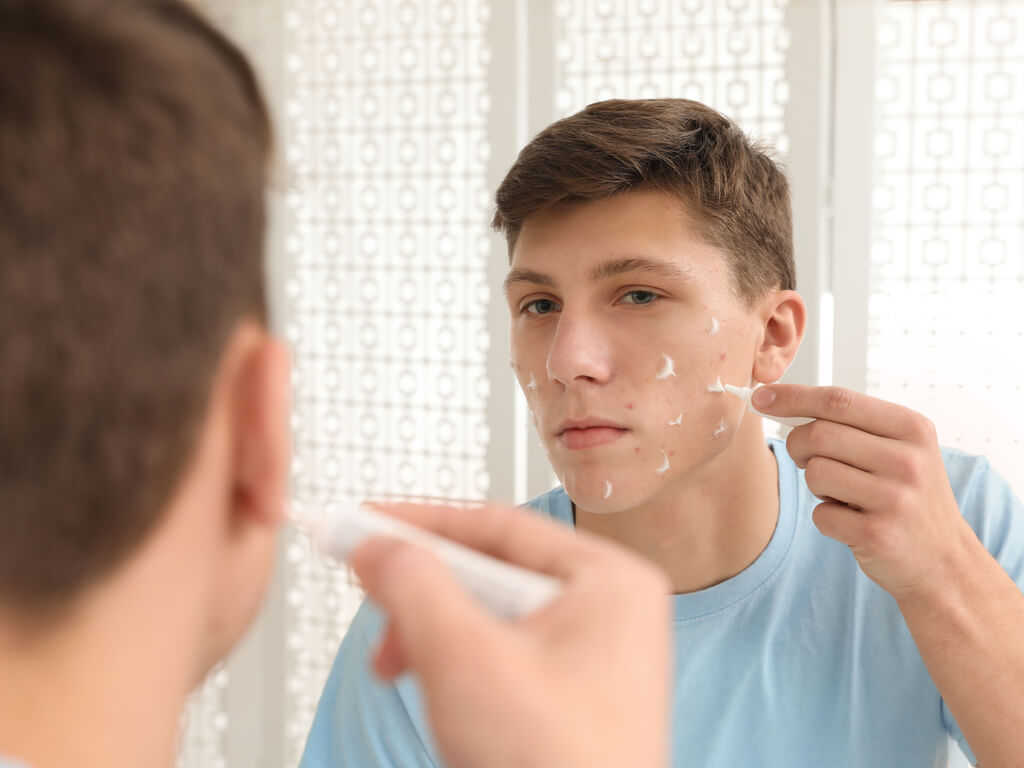What is a sinus infection? Learn more about sinus infection causes, symptoms, risk factors and treatments options, including home care.
Continue readingSummer and Phytophotodermatitis
Phyto-photo what? Yes, it is a mouthful! Though this skin condition is not serious, it can put a damper on your summer plans.
Here’s a breakdown:
- Phyto means plant
- Photo means light or sun
- Dermatitis means skin irritation
Why it happens
Certain plants and fruits — especially citrus fruits like limes — contain psoralen, a substance that can make skin more sensitive to the sun. When psoralen on the skin and UV rays combine, a reaction occurs. This reaction leads to a rash.
Foods and plants that can cause a phytophotodermatitis rash include:
- Citrus fruits, particularly limes and bergamot oranges
- Celery
- Fennel
- Figs
- Saint John’s Wort
- Wild dill
- Wild parsley
- Wild parsnips
Lime juice is most frequently the trigger for phytophotodermatitis. From summer drinks to latin food and marinades, lime juice is a summer staple!
In Tennessee, phytophotodermatitis is seen in June, July, and August when UV rays are strongest. Summer is also travel season, when people head to tropical locations, which have stronger UV rays.
Who is most affected?
Lighter skin folks are more at risk for phytophotodermatitis, just as they are at higher risk for sunburn. Prolonged sun exposure and contact with foods containing psoralen, increase the likelihood and severity of a phytophotodermatitis reaction.
What do we most often see in patients?
Patients who spend lots of time outdoors at the beach, lake, or by the barbecue and who enjoyed food and beverages with lime juice. Chefs, bartenders, and others who work with food have an increased risk of this rash, especially when serving on patios, working at pool bars, etc.

How to identify it
Phytophotodermatitis presents in a bizarre pattern on the skin. It may look like smear marks, or a drip pattern down the hand or leg, or some other geometric shape. No two rash patches look the same.
Rash is most common on the hands, wrists, legs, and face. Often the rash is pink in the beginning, like a sunburn, and develops into a brick red color over a few days. Sometimes the rash contains blisters.
What to do about it
A mild case of phytophotodermatitis may go unnoticed, while other reactions are severe enough that you seek help from a dermatologist. At Tennessee TeleDerm, we treat patients with phytophotodermatitis every summer.
Here’s what to do if you suspect you have phytophotodermatitis:
- Use cold, wet compresses when symptoms appear.
- Keep affected skin out of the sun.
- Don’t pop any blisters.
- Keep the skin clean with daily bathing as normal.
Once blisters drain, the affected skin should be gently cleaned and covered with Vaseline and a bandage to prevent bacterial infections. Change dressing daily. Using antibiotic ointment where no infection exists, can delay healing.
How to prevent it
Preventing phytophotodermatitis is fairly easy. Washing skin (after cutting limes for example) to remove psoralen containing compounds, is most effective. When by the pool or at the beach, rinse skin off regularly. Wipe skin with a wet cloth if cooking or serving outdoors.
About Tennessee Telederm
If you have a rash and suspect it could be phytophotodermatitis, book an appointment with Tennessee Telederm. We treat most dermatology conditions including acne, eczema, rosacea, warts, hair loss, and rashes. Whether you live in Nashville, Murfreesboro, Jackson, Clarksville, or Knoxville, we can see you! Save time and gas with a convenient telehealth appointment and get the treatment you need to feel better!











